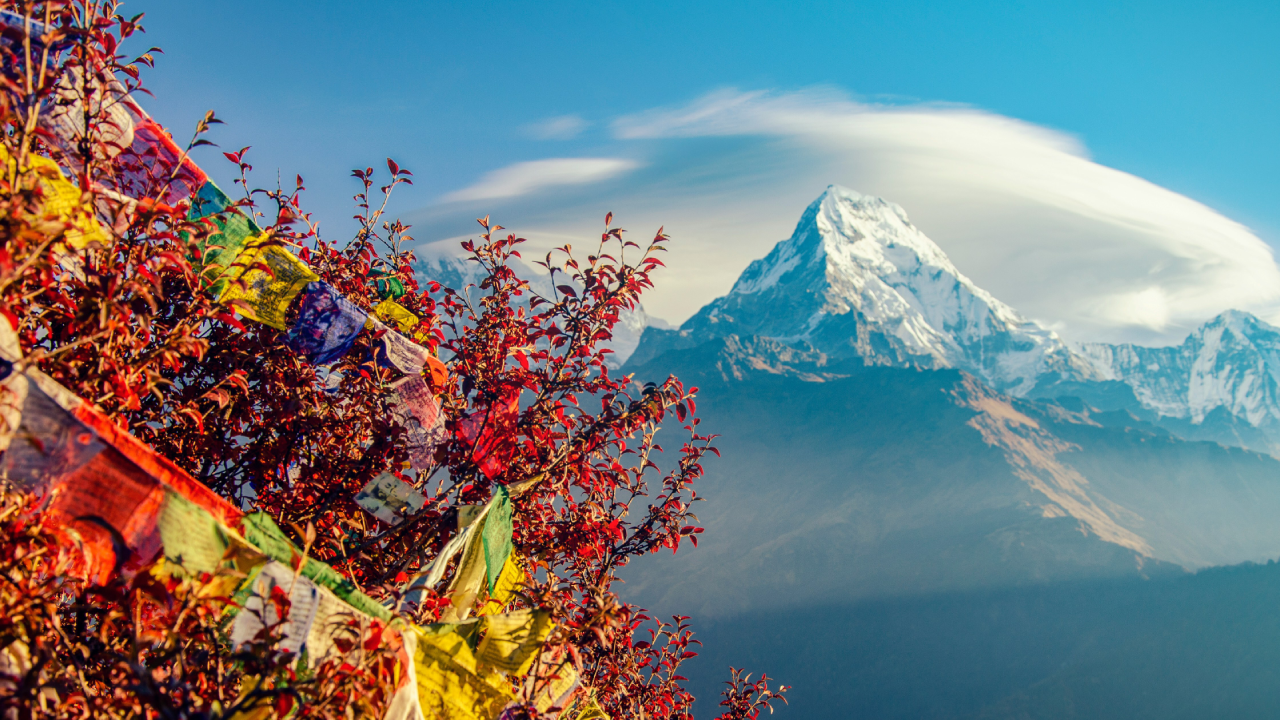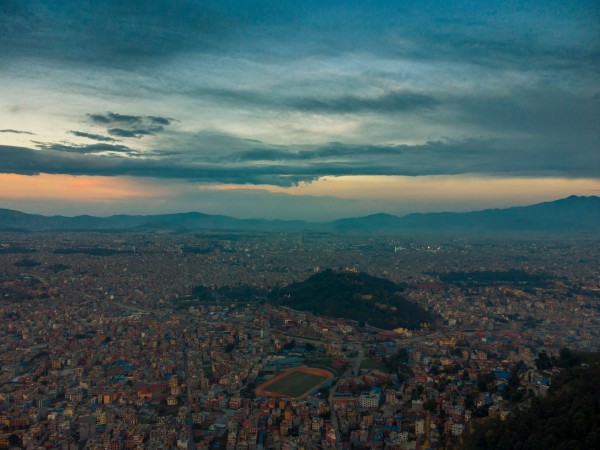News & Blogs
Conquer the world's highest peak and embrace adventure

Mount Everest, also known as Sagarmatha in Nepal and Chomolungma in Tibet, is the highest mountain on Earth, standing at a majestic height of 8,848.86 meters (29,031.7 feet) above sea level. Its colossal presence has captivated the imagination of adventurers, mountaineers, and explorers for centuries, drawing them to its icy slopes in pursuit of the ultimate challenge and triumph.
The history of Mount Everest is rich and storied, intertwined with tales of triumph and tragedy. First officially measured in 1856 by the Great Trigonometrical Survey of India, it was named after Sir George Everest, the British surveyor-general of India at the time. However, the mountain had long been revered by the indigenous peoples of the Himalayas, who considered it sacred and referred to it by various names reflecting its divine stature.
Mount Everest sits within the Himalayas, the world's highest mountain range, straddling the border between Nepal and Tibet (now part of China). Its summit is located in the Mahalangur Himal sub-range, surrounded by other towering peaks, including Lhotse, Nuptse, and Changtse. The mountain's sheer scale and inhospitable environment present formidable challenges to those who seek to conquer it.
The allure of Mount Everest lies not only in its height but also in the extreme conditions that climbers must face to reach its summit. The ascent is fraught with peril, from treacherous crevasses and avalanches to unpredictable weather and oxygen-deprived air. Despite advances in technology and equipment, climbing Everest remains a test of physical endurance, mental fortitude, and sheer determination.
The first successful ascent of Mount Everest was achieved on May 29, 1953, by Sir Edmund Hillary of New Zealand and Tenzing Norgay, a Sherpa of Nepal, as part of a British expedition led by John Hunt. Their historic achievement marked a triumph of human spirit and ingenuity, inspiring countless others to follow in their footsteps.
Since then, Mount Everest has beckoned adventurers from around the globe, each with their own motivations and aspirations. Some seek personal glory and the thrill of conquering the world's highest peak, while others are driven by a deeper connection to nature and a desire to push the limits of human potential.
However, Mount Everest is not without its dangers and controversies. Over the years, the mountain has claimed the lives of many climbers, victims of altitude sickness, falls, or sudden storms. The increasing commercialization of Everest has also raised concerns about overcrowding, environmental degradation, and the commercialization of Sherpa culture.
In recent years, efforts have been made to address these issues and ensure the sustainable management of Everest and its surrounding region. Measures such as stricter regulations, waste management initiatives, and improved safety standards aim to protect both the mountain and the communities that depend on it for their livelihoods.
Despite the challenges and controversies, Mount Everest continues to exert a powerful hold on the human imagination, serving as a symbol of human perseverance and the relentless quest for exploration and adventure. As long as there are dreamers and adventurers willing to brave its slopes, the legend of Mount Everest will endure, inspiring awe and admiration for generations to come.

-1737776949.jpeg)

